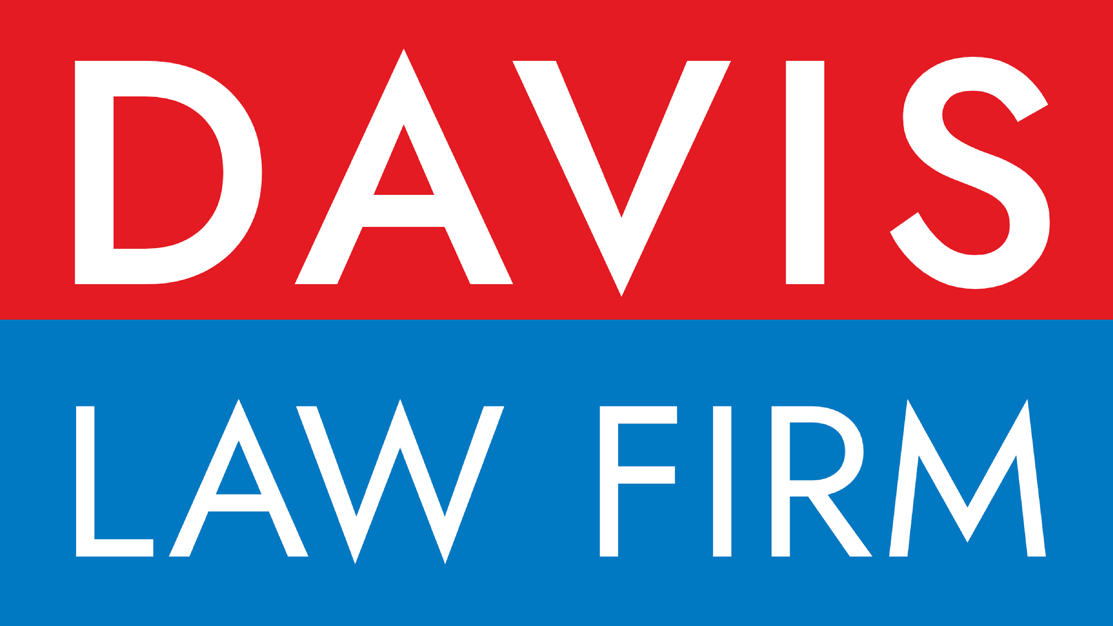It’s been several weeks since we last wrote about credit card debt.
In our September 20 post, we noted trends in the data regarding timely payments by consumers on three different types of obligations. Besides credit-card debt, the other types were car loans and mortgage payments.
In today’s post, let’s look at recent indications that consumers’ overall amount of credit-card debt is up.
The data was released last week by the Federal Reserve. The data show that the total amount of “revolving credit” owed by consumers went up by $4.33 billion (seasonally adjusted) in October of this year.
Revolving credit is a fairly broad term for credit arrangements that do not involve a fixed number of payments. Credit cards are a key example of this type of financing, and so the amount of revolving credit is an indicator of the amount of credit-card debt in the economy.
The increase in revolving credit in October brings the total amount of such debt in the economy to its highest point in more than three years.
It may be that consumers are overcoming some of the scars of the Great Recession and have become more willing to carry credit-card debt.
Of course, for many people the decision to take on credit-card debt may be practically a matter of necessity. For someone who has experienced job loss or other financial problems, it can be difficult to make ends meet – especially if there is an unexpected expense like large medical bills.
As we have often discussed in this blog, bankruptcy may be a viable option for consumers who are in need of debt relief. Our point in this post, however, is simply that credit-card debt is often closely tied to the economy.
Source: The Wall Street Journal, “Credit-Card Debt Hits Three-Year High,” Eric Morath, Dec. 6, 2013
